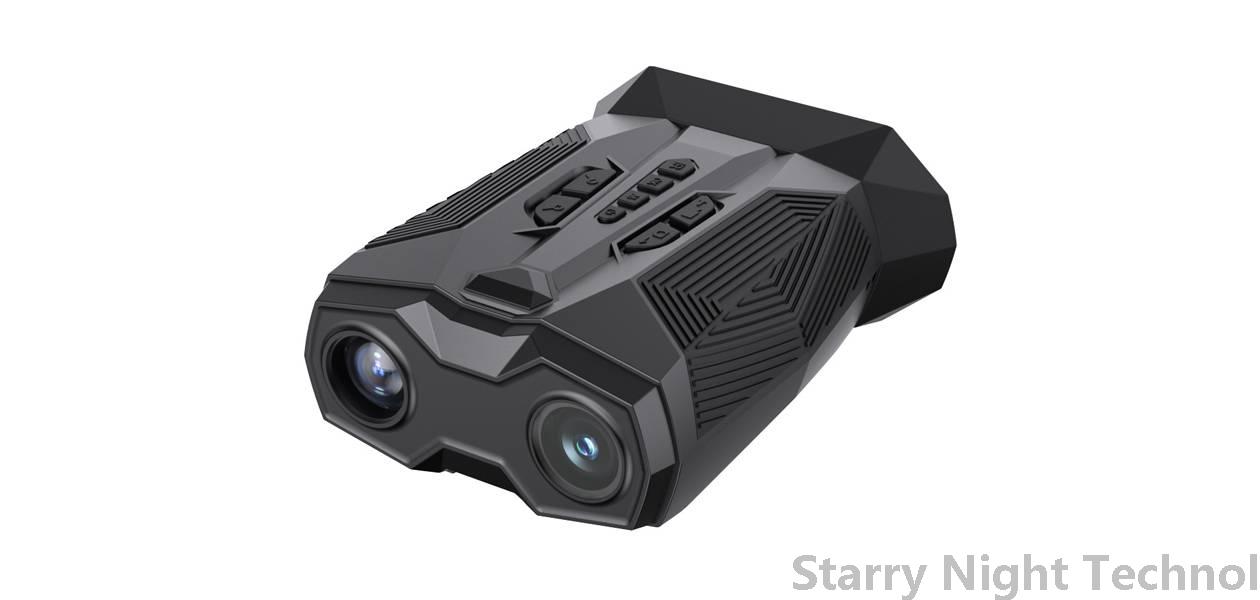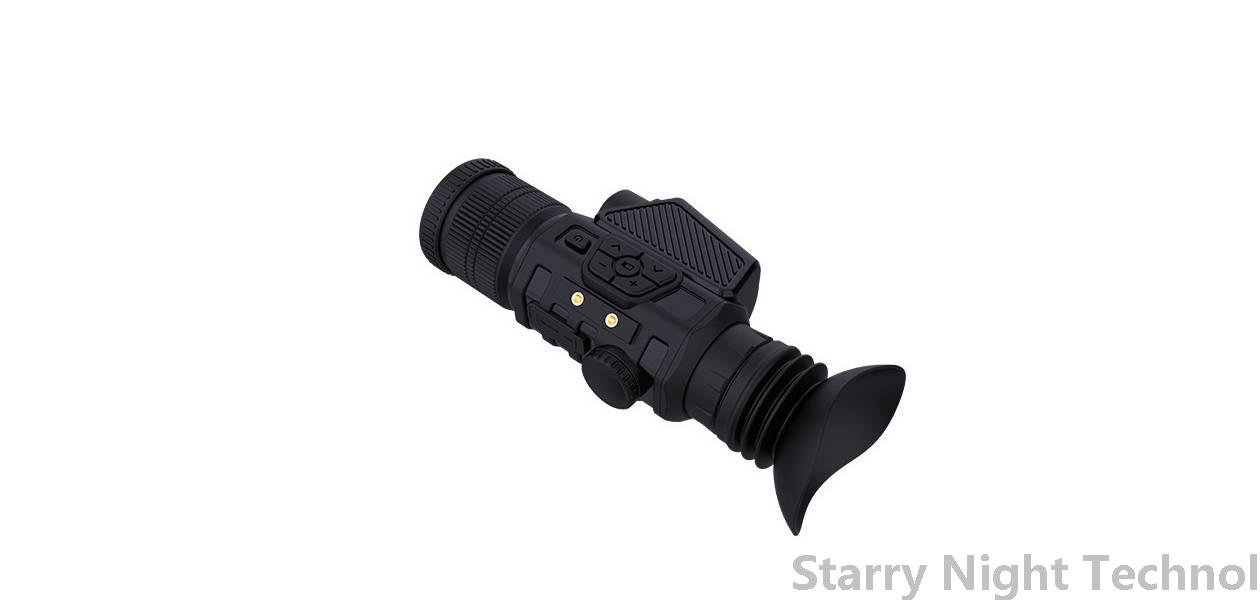Night Vision Devices: Unveiling the Secrets of the Night Sky for Astronomy Enthusiasts
1757937617000

Astronomy is a captivating pursuit, one that has intrigued humanity since we first gazed up at the stars. The night sky, filled with celestial wonders, beckons exploration and discovery. While traditional telescopes and binoculars have long been the go-to tools for amateur astronomers, a new wave of technology—the night vision device—offers enthusiasts an innovative way to observe the cosmos after sunset.
### Understanding Night Vision Technology
Night vision devices were initially developed for military use, allowing soldiers to navigate and engage in combat during low-light conditions. These devices amplify ambient light—mostly from the moon or starlight—using image intensification technologies. However, advancements in optics have made these devices accessible not only to security personnel but also to civilian users interested in various applications, including astronomy.
At its core, night vision relies on two primary technologies: generational image intensifier tubes and digital night vision systems. Generation 1 (Gen 1) devices are entry-level models that can provide decent visibility in darkness; however, they suffer from limited versatility when it comes to optical quality. Higher generations—like Gen 2, Gen 3, and even some next-gen options—offer clearer images and better performance in extremely low-light environments due to enhanced resolution and sensitivity. Digital night vision employs sensors and displays instead of using traditional intensifier tubes, often boasting built-in recording capabilities and advanced viewing features.
### Why Use Night Vision for Astronomy?
While telescopes unveil distant galaxies and nebulae through high magnification, night vision offers several unique advantages:
1. **Wide Field of View**: Unlike many telescopes that offer narrow fields ideal for observing specific objects, night vision goggles allow users to take in vast swathes of the night sky. This broader perspective is exceptionally beneficial when locating constellations or tracking meteor showers.
2. **Enhanced Visibility**: Night vision devices excel in very dark conditions, providing insight into faint celestial bodies that might be lost to the naked eye. Users can identify relatively dim objects like nebulae, star clusters, or comets more effectively.
3. **Live Viewing Capabilities**: Many modern night vision devices come equipped with video output functionality, facilitating recordings of observed phenomena. This feature allows amateur astronomers to document their findings or share exciting moments with friends and fellow stargazers.
4. **Adaptable Parameters**: Advanced digital night vision models boast adjustable gain settings, allowing users to control brightness levels according to personal preferences. Such adaptability enhances both comfort and efficacy while exploring varied nighttime landscapes.
5. **Portable & User-Friendly**: With no complex setups required, night vision equipment is easy to handle, making spontaneous observations feasible anywhere—whether in one’s backyard or a remote campsite under a pristine sky.
### Best Practices for Using Night Vision in Astronomy
 - **Familiarize Yourself with Your Device**: Before heading out for a night of stargazing, spend time understanding how your chosen device operates. Learn about focus adjustments, gain controls, and any special modes available.
- **Familiarize Yourself with Your Device**: Before heading out for a night of stargazing, spend time understanding how your chosen device operates. Learn about focus adjustments, gain controls, and any special modes available.- **Pick the Right Environment**: Select locations free from light pollution, as urban streetlights and vehicle traffic severely diminish the effectiveness of all-night vision gear. Rural areas or designated dark-sky parks mark ideal vantage points.
- **Allow Adaptation Time**: Human eyes require time (typically around 20-30 minutes) to adjust fully to darkness. Avoid looking directly at bright lights and give your surroundings a chance to become accustomed before diving into the intricacies of the night sky.
- **Combine Tools**: Integrating night vision with other observational instruments enhances results. For example, you could start with night vision to locate celestial bodies before switching to a telescope for detailed observation.
- **Share and Collaborate**: Engaging with local astronomy clubs or online communities exposes users to valuable knowledge-sharing opportunities regarding effective techniques tailored to night vision usage, enhancing overall appreciation for celestial events.
### Challenges and Considerations
No tool is without limitations. Some challenges inherent to night vision include:
- **Aperture Limits**: While night vision extends usability past dusk, its aperture size typically restricts the amount of light it captures compared to larger-telescope instruments. Complete reliance may overlook details visible with conventional setups.
- **Color Perception**: Most night vision devices operate primarily in grayscale, resulting in colorless views. The vibrant hues across celestial bodies, particularly in nebulas or certain star clusters, may remain obscured.
- **Cost Factor**: Quality night vision devices can range in price significantly, making them potentially less accessible for casual hobbyists. Secondhand or entry-level versions can serve those wishing to dip their toes in this arena.
### Conclusion
For astronomy enthusiasts seeking fresh perspectives beyond what traditional telescopes offer, night vision devices represent a compelling frontier. Encouraging wider explorations of the cosmos post-sundown, this technology holds promising opportunities for even novice stargazers. As viewers adapt themselves to newfound ways of experiencing the silent music of the night sky, the hidden jewels among the stars gradually reveal themselves, sparking wonder, curiosity, and an unending quest for cosmic knowledge. So gear up with your night vision device, step outside, and let the allure of undiscovered realms ignite your passion for astronomy once more!
Night vision device productsStarry Night Technol

